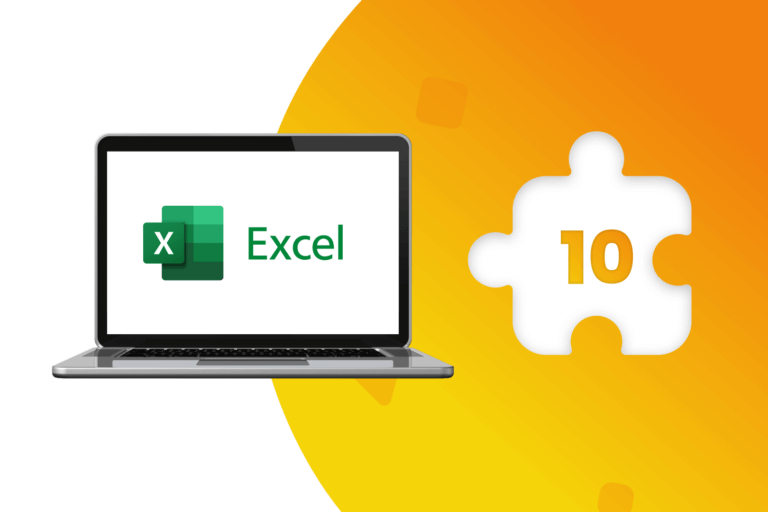Managing the stock of products, supplies and tools in an agile, safe, effective and efficient way is essential for the success of companies in today’s competitive market. In order to achieve this objective, we need specialized digital tools, which provide more security, eliminate the margin of error and reduce the risks and associated costs.
Inventory is one of the most important assets in the strategic planning of any company. Both due to the need to maintain balance in the inventory of inputs, tools and / or final products, as well as the costs and risks associated with this complex task.
This implies the need for an orderly, effective and efficient methodology to supervise aspects such as registration methods, control of rotation points and supply chain management, among others.
In order to achieve these objectives, we necessarily require technological solutions that optimize work times, reduce operating costs, and leave behind the omnipresent risk of error that actions carried out exclusively with manual methods and human supervision entail.
What is Inventory Management?
Technically, it is the administration of input and output of finished and semi-finished products, as well as assets and auxiliary goods owned or used by a company. In addition, allow us to keep under control non-capitalized assets, stock items and tools.
Why is it so important?
Good management allow us to balance the amount of inventory that enters and leaves the company. Consequently, its correct application generates significant savings for commercial and maintenance operations; while any failure can translate into millionaire losses and, even, in eventual risk of bankruptcy.
In concrete terms, the importance of inventory management lies in the following key points:
- It allows to accurately determine the cost of producing merchandise.
- It is key to reducing maintenance costs. The less inventory remains immobilized, the less the company will spend on its storage, or on the replacement of perishable items, for example.
- Helps to calculate the necessary production to supply all the expected demand, also considering an extra stock to face unexpected situations.
- It allows to identify if, in any part of the production or maintenance chain, stocks disappear, due to losses, theft or other contingencies, such as errors or staff failures.
Inventory Management techniques
Most of the existing Inventory Management techniques are related to various planning and control tasks. This allows us to have certain of when to order, and how much to order, in order not to fall into overstock expenses or lost sales.
Some of the most common methodologies are the following:
Stock review
It is the simplest methodology and generally the most attractive for small businesses. It consists of a regular analysis of available stocks, which is compared with projected future needs.
It is essentially a manual methodology, but it also employs certain specific automated processes to define minimum stock levels. It is efficient to control simple Inventory Management processes, but, at the same time, more time consuming and prone to errors.
ABC analysis
This methodology uses three categories that represent inventory values and the importance of cost of goods. Category “A” corresponds to high-value, low-quantity goods; the category “B”, corresponds to goods of value and moderate quantities; while the category “C” are goods of low value and large quantity.
Each category can be managed separately. Therefore, it is important to know which items are the best sellers, so that we have enough reserve stock available.
This system provides high control over high-value goods, but requires a large number of resources to continuously analyze the inventory levels of the other categories.
Economic Order Quantity (EOQ)
This methodology uses a formula that determines the optimal time to reorder inventory. The goal is to identify the largest number of products to order. This frees up resources that would otherwise be tied up in excess inventory, which results in minimize associated costs.
Minimum order quantity (MOQ)
To apply it, we need to determine the smallest quantity of product that a supplier is willing to sell. For example, if a company cannot buy the minimum, the supplier does not sell it to them. This method benefits suppliers by allowing them to quickly ditch inventory, bypassing bargain buyers.
Security stock
In these cases, the company reserves inventory to face emergencies. This allows alert levels to be set to help reorder stocks. It is equivalent to regulating the fuel consumption of a vehicle, before using the emergency tank. This methodology is valuable in successfully addressing potential supply chain disruptions.
How to achieve better Inventory Management?
The basic steps for proper inventory management include:
Inventory of purchases
The raw material or components are acquired and delivered to the warehouse.
Inventory storage
Inventory is stored until needed. Raw material is moved to production facilities to be made into finished products, which are then returned to stock areas until ready for shipment.
Obtaining benefits
The quantity of product for sale is controlled. The finished goods are then released for order fulfillment, and the final products are shipped to customers.
Better overview
It is essential to know how much inventory we have and where it is located. Companies need this precise vision to ensure the processing of customer orders, reduce delivery times for shipments, minimize stockouts of products or spare parts for their machinery, control overselling, and minimize price reductions.
The evolution to digital
For a long time, all these processes were carried out manually, which involved a loss of time and man-hours. This disadvantage was corrected in part through the use of spreadsheets and spreadsheets.
However, they are also tools with a high margin of error and resource expenditure, which is why today they have been replaced by advanced inventory management and tracking software. These allow to automate the control of all production, as well as business management, demand forecasting, accounting, and the storage of tools and spare parts, among other essential functions.
All of this simplifies the ordering, storage and use of inventory processes, both for production itself and for the execution of complementary tasks.
This level of automation translates into the following benefits:
- Better inventory tracking.
- Better asset transfer management.
- More agility and efficiency to create and manage purchase orders.
- Quick to customize prices, send estimates, track orders and manage returns.
- Evaluate patterns in the processes to forecast future demand and sales.
- Automate shipments to reduce errors, such as late or incorrect deliveries.
Advantages of digitalization
Nowadays, applying an Inventory Management software helps companies to find the balance between shortage and excess stocks. All this is reflected in optimal efficiency and profitability.
These digital solutions can be used at multiple levels and can also be integrated into enterprise resource planning (ERP) and accounting systems.
In this way, the company’s systems keep track of the existing assortment in the inventory, regardless of its location in the warehouses, and calculating the respective costs in various equivalent currencies. This allows accounting systems to accurately assess the value of goods and inputs present in inventories.
In fact, some Inventory Management software is designed for large companies and can be adapted to the particular requirements of each organization. They are also capable of handling thousands of data in seconds, saving time and money. Likewise, they minimize human errors and maintain complete control of the different processes, which increases the efficiency and competitiveness of companies.







